This is the sixth in a series of posts on the effect of camera resolution on the quality of downsampled images. The series starts here.
In the first post in this series, I used Lightroom to process images of a Siemens Star, in an attempt to find out how well the superior image quality of a high resolution camera translated to images viewed on a 4k monitor. In the immediately-previous post, I explored using QImage algorithms — bicubic, Fusion, and Lanzos — to downsample the camera-resolution images to 4K. All three produced a fair number of artifacts with the 61 MP images from the a7RIV. The Siemens Star is a remarkably sensitive subject. That’s one of the reason it’s so useful. However, some of the artifacts that you see with the star just aren’t a problem in real life. That’s why it’s important to look at real-world subjects, too.
I photographed this scene with the Sony a7S and a7RIV, using the Sony/Zeiss 35 mm f/1.4 Distagon FE lens:
Other details:
- EFCS
- f/5.6
- 1/1600 second
- ISO 100
- AF-S
- Flexible spot
- Focus priority
- Medium spot size
- Three shots with each setup, with the best picked for this presentation
- Developed in Lightroom, PV 5
- Adobe Color profile
- White balanced to gray surround on target
- Sharpening set to: amount 30, radius 1, detail 0
- 4K downsampling done with QImage 2020, sharpening set to 0
Before, I showed you crops before downsizing. I’m not going to do that here; if you want to refresh your memory, look here. Instead, I’ll show you same-field-of-view crops from the 4K downsized images, magnified a bit more than 300%.
Here’s a pair from both cameras with Lanczos downsampling:
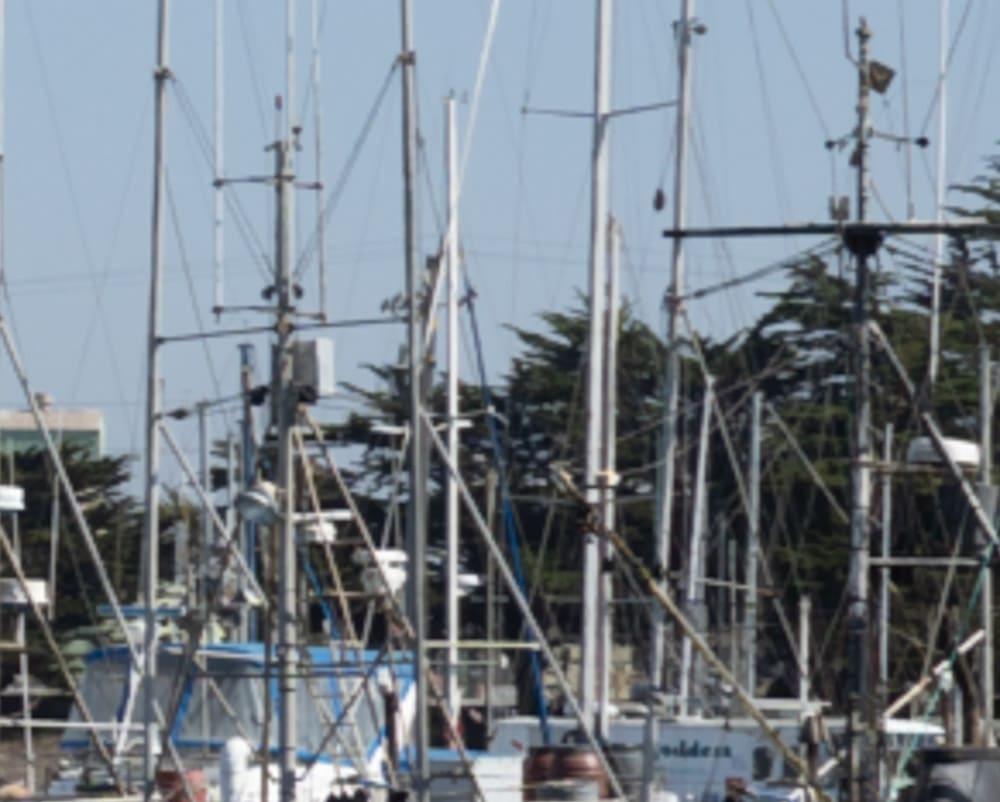
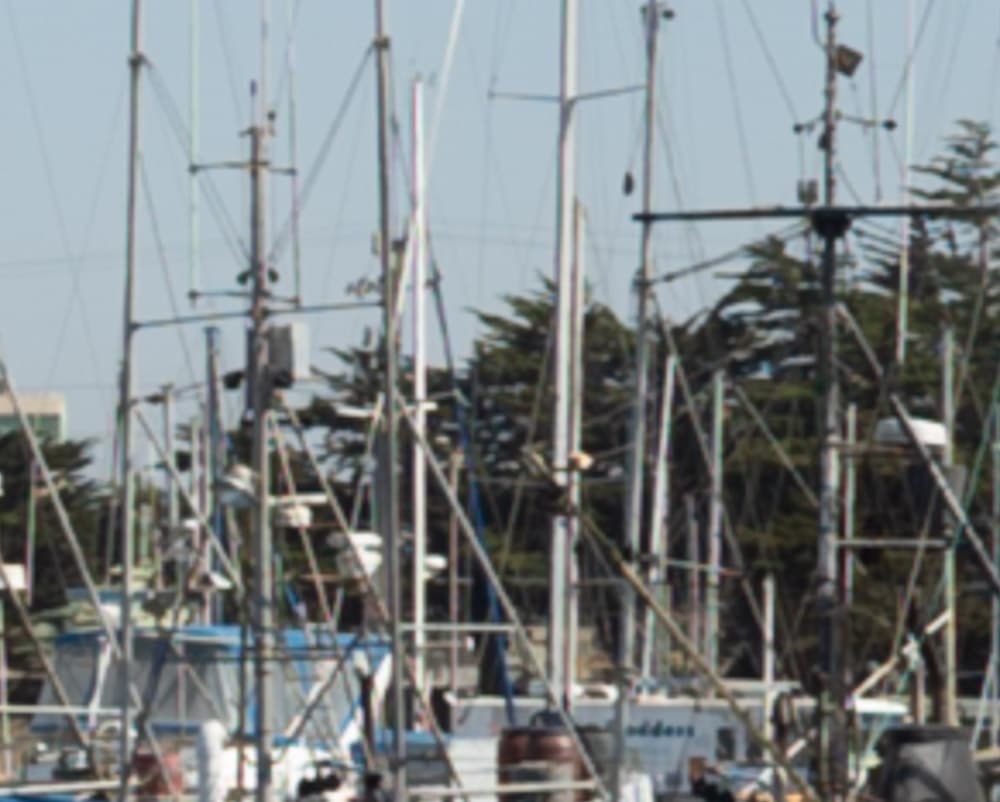
There is some false color in the a7S image because of aliasing. The a7RIV image is a bit sharper. Could you fix that with additional sharpening? Maybe, but you’d make the false color worse.
Now let’s look at bicubic interpolation:
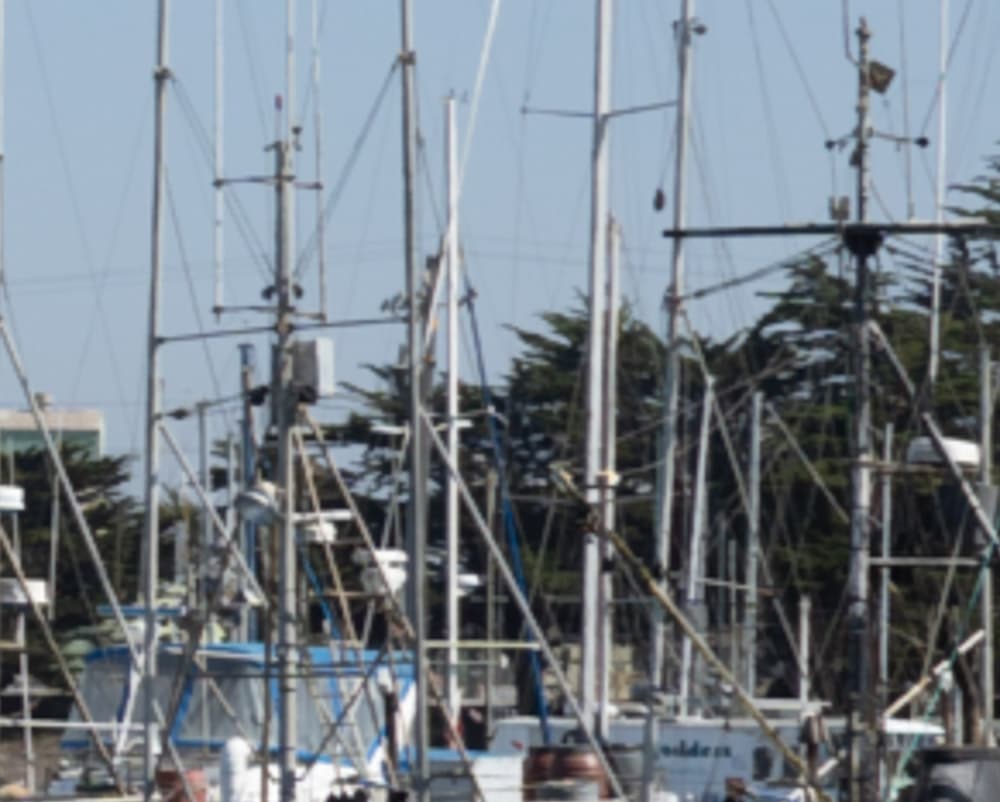
Lanczos does a bit better, I think. The differences between the images in about the same.
Now QImage’s default resampling method, Fusion:
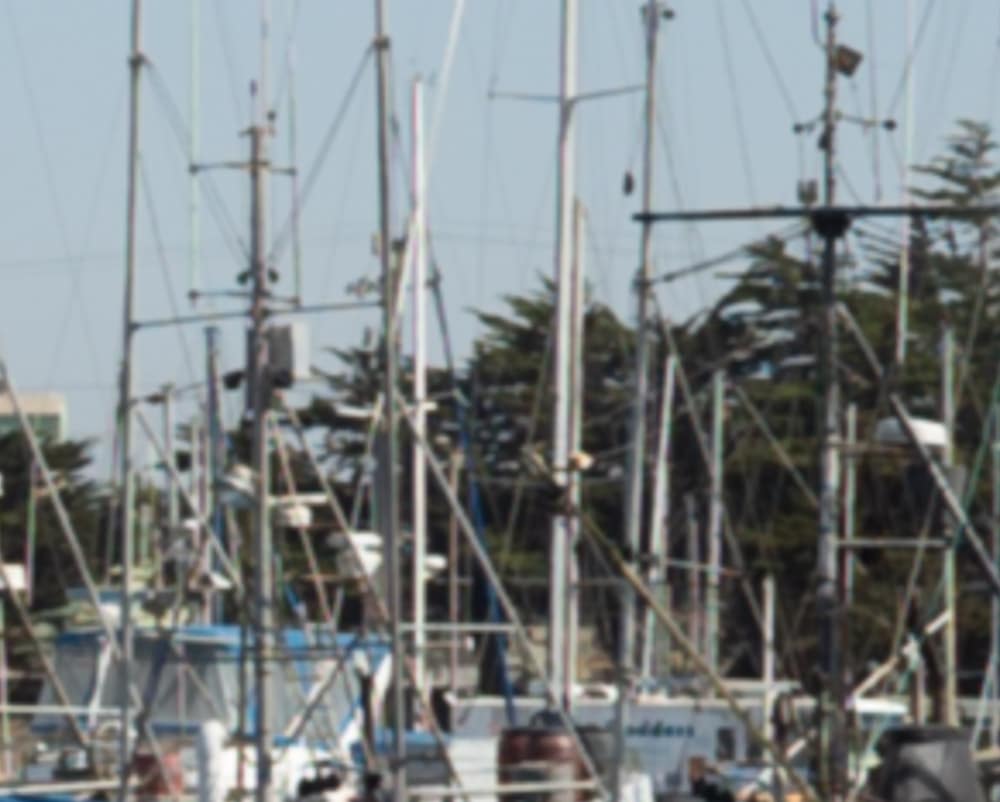

There is more aliasing visible in the diagonal elements than with the other two algorithms, and the image appears a tiny bit sharper.

The diagonal spars actually look better in this image, if you discount the false color.
Let’s look elsewhere in the scene.
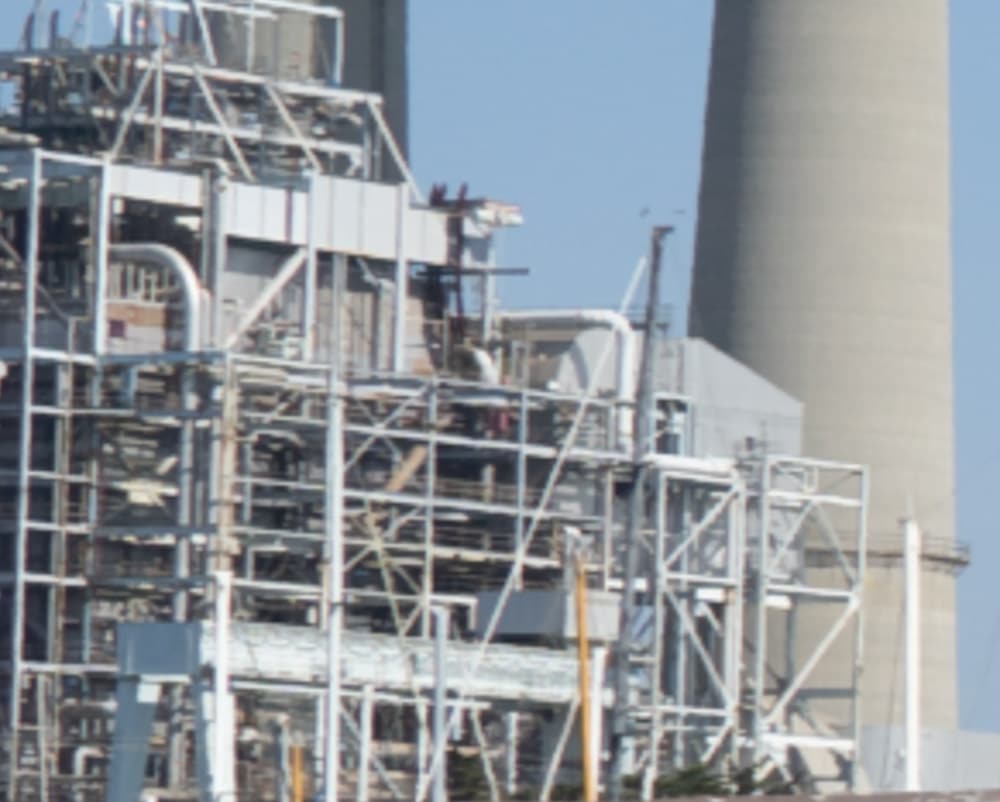
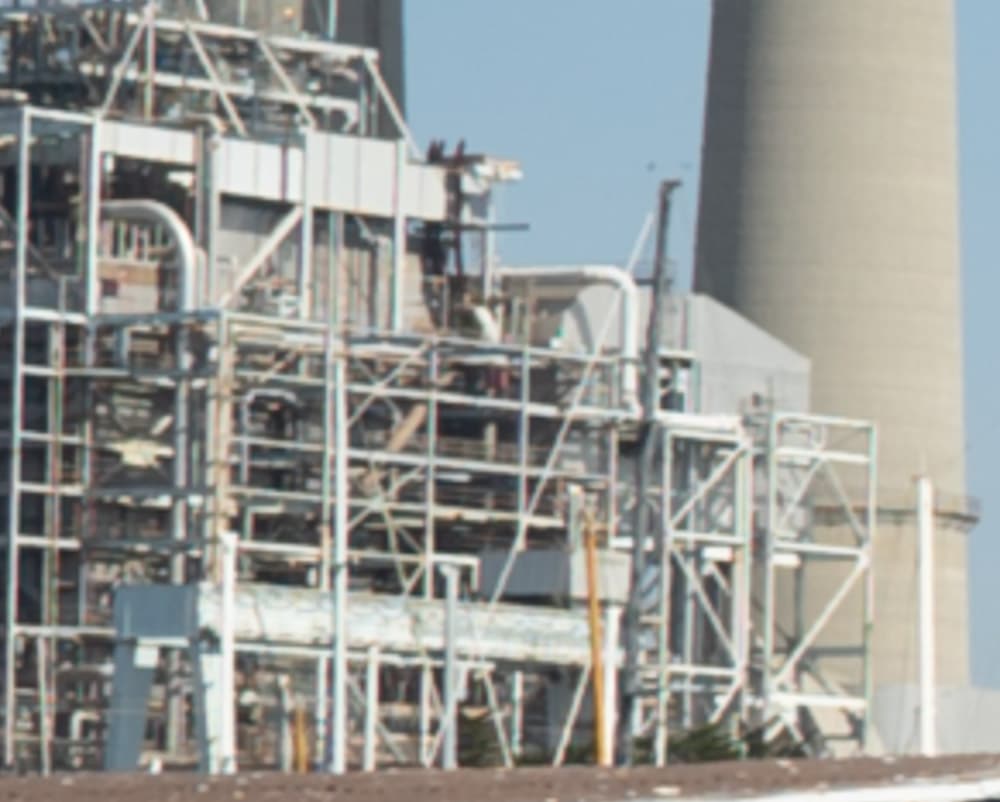
Except for the color differences and a tiny amount of false color in the a7S image, these look remarkably similar.
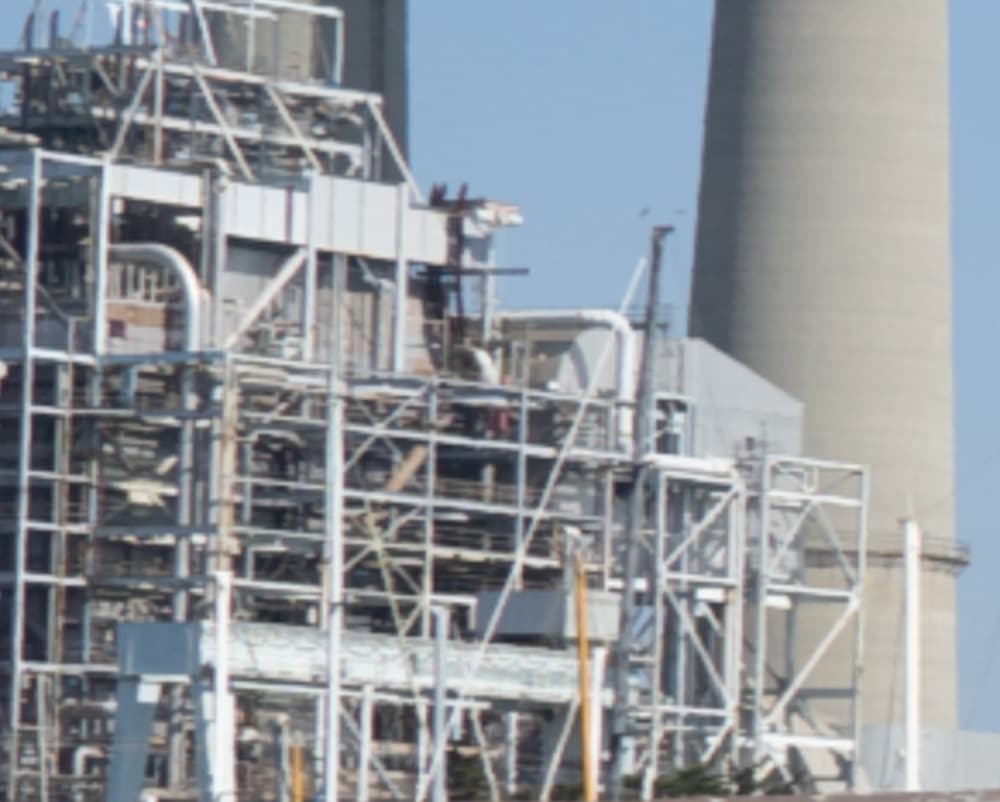
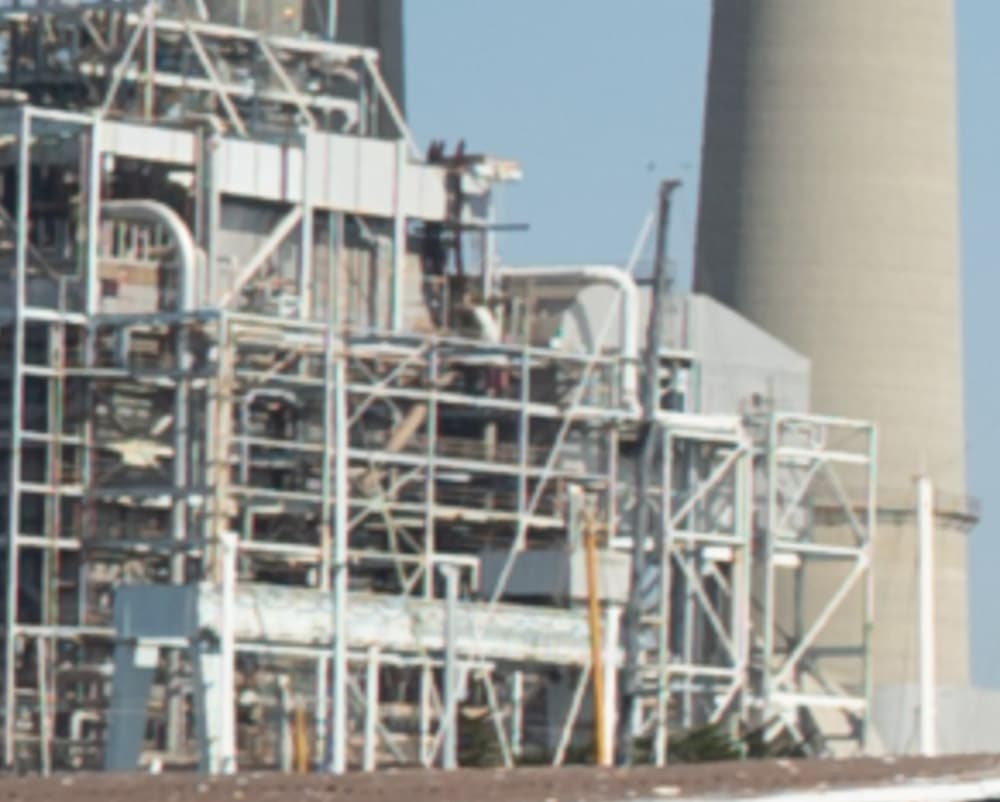
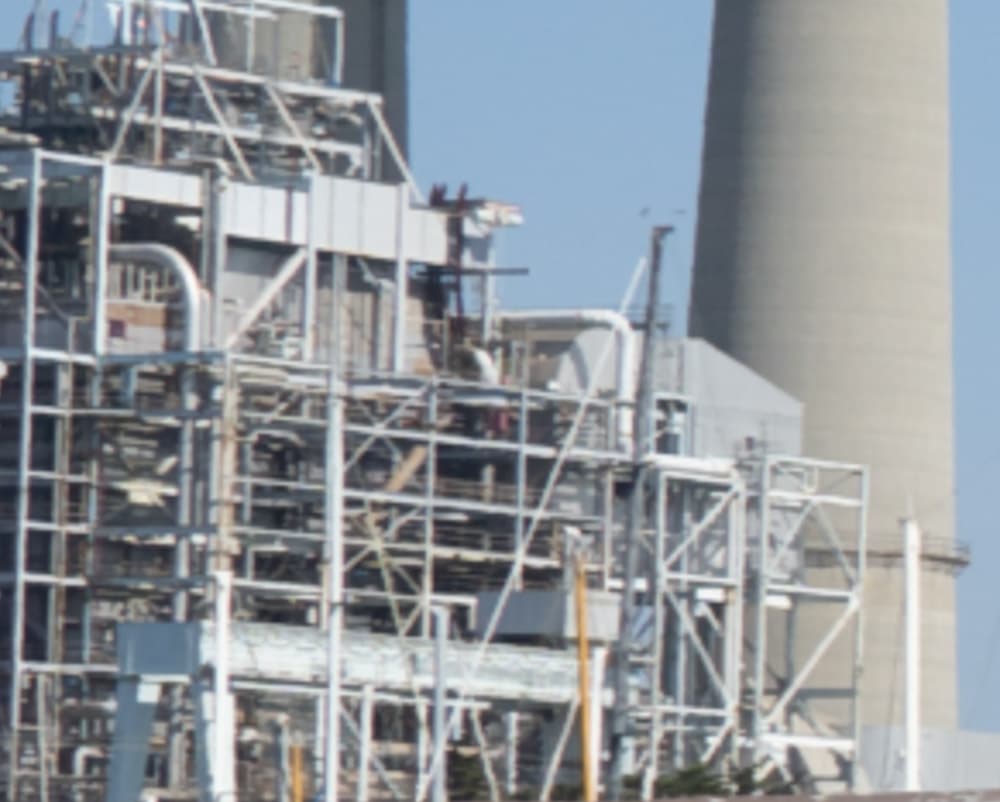
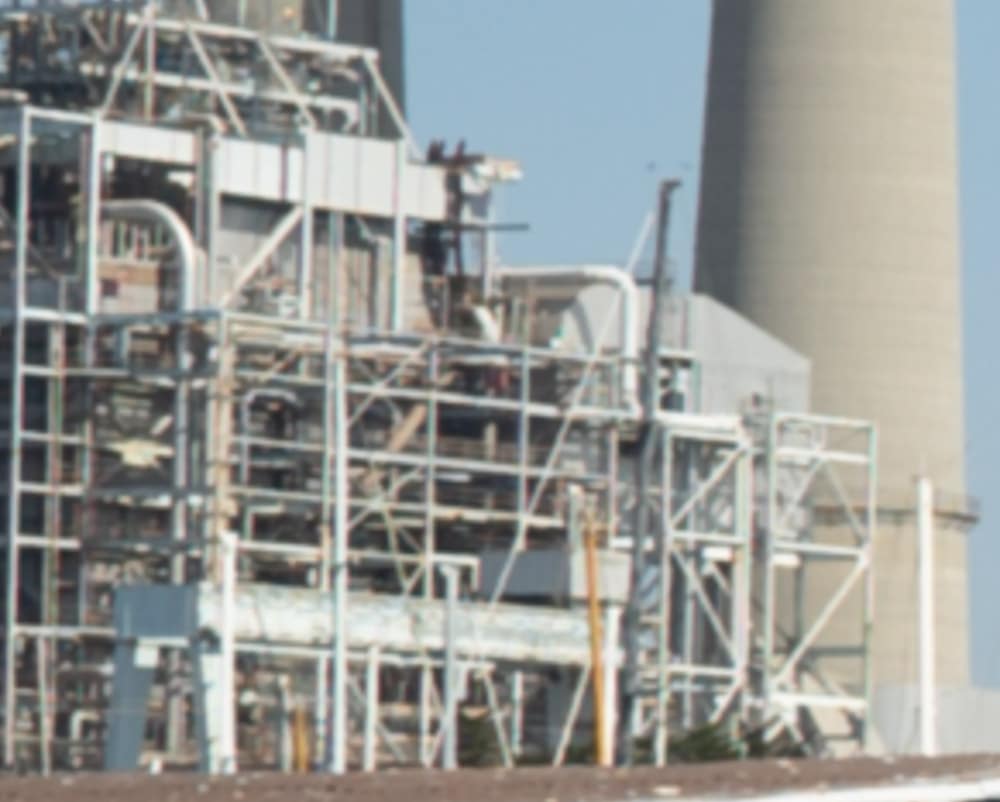
The differences between the two cameras are quite small in this comparison.
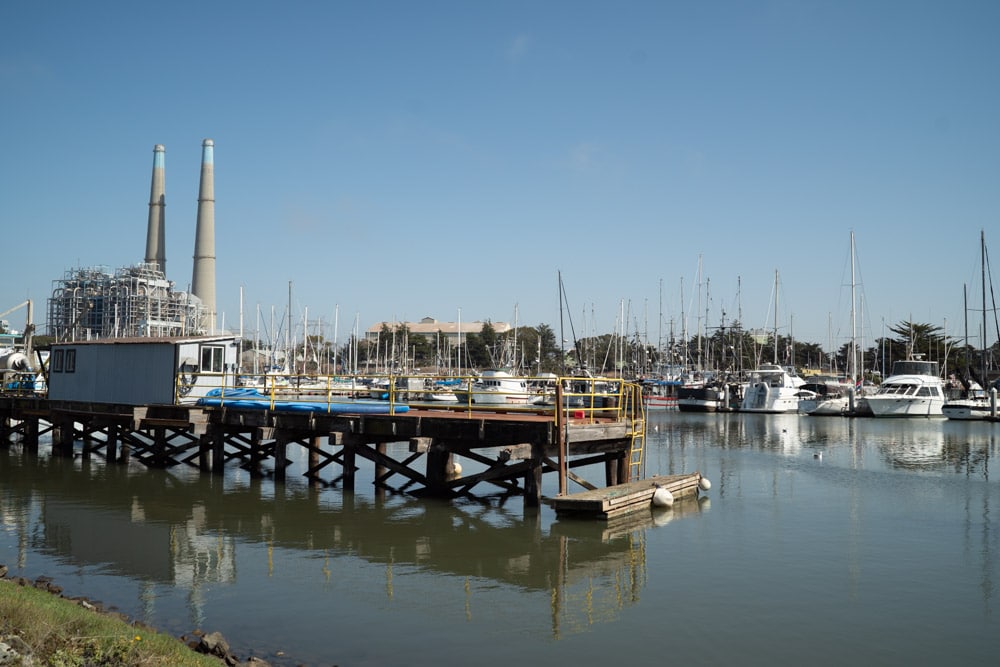
Den says
I’ve read from landscape shooters that at f5.6 diffraction already starts to impact detail in the R4 . would that have a bearing on the results here?
JimK says
Diffraction impacts detail at any aperture. In some lenses, resolving power is imacted by diffraction more than lens aberrations are helped by stopping down by f/2.8. See the link below for the way that diffraction interacts with other sources of blur.
https://blog.kasson.com/the-last-word/choosing-f-stops-and-focus-distance-for-landscapes/
But the key thing here is that, as you can see in the images in the previous posts that aren’t downsized to 4K, that the lens is laying down a lot of high-frequency detail on the a7RIV sensor. That detail just doesn’t make it through the downsampling process.
Jim
Erik Kaffehr says
Hi,
As far as I can recall, Lightroom did offer Lanzos in some form, but Eric Chan wrote somewhere that they backed away from that after testing something like 30 different algorythms.
Actually, there are two concerns, one is downscaling which is very frequent and upscaling that we often do when printing. Downscaling may be the larger problem as most images are not printed at large sizes.
Thanks for doing all this effort. One observation I may have made earlier is that MTF (let’s call it fine detail contrast) may be maintained at downscaling, but resolution is lost. But, commercial programs do a lot of hidden stuff.
Just to say, I really appreciate all good work done by folks much brighter than me. Thanks for doing the hard work and sharing.
MarkH says
Aah, the Moss Landing Power Station… I have spent many fabulous holidays around this area.